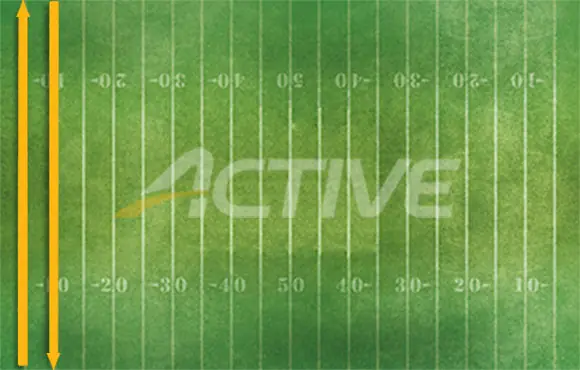
Strides—short bursts of quick running that are typically completed in the middle or at the end of a run, or as part of a warm-up to a speed workout—differ in definition when compared to the term stride to describe a runner's unique biomechanics. "She has a beautiful stride," or "He has the perfect stride for the marathon," is not the way we're using the term in this article. In this discussion, strides are short distances run at race pace or faster. Strides can be done the day before a workout, done in the final minutes before a workout or done in the final minutes before a race.
Why Stride?
Sprint coach Vince Anderson never uses the term strides with his sprinters because he thinks that sprinters hear "strides" and they interpret it as "loaf." So the term "stride" may best be used for distance runners, for whom the term stride means running a short distance at race pace or faster.
More: How to Find a Race Pace That Works
Strides are typically 100 to 150 meters in length, but they can also be assigned as a duration of time. When using time, you could say 4 x 30 seconds at 5K pace with 60 seconds of easy running between the strides. So that's 30 seconds run at 5K pace, 60 seconds of jogging, 30 seconds at 5K pace, 60 seconds of jogging, 30 seconds at 5K pace, 60 seconds of jogging and finally 30 seconds at 5K pace. This is the assignment I give most of my adult runners the day before a workout. Why? Well, most of these runners are training for a half marathon or marathon, and when they run 5K pace, their neuromuscular system is reminded that it can work at paces faster than half marathon and marathon pace. There is a greater neuromuscular demand—more motor units are called upon—and there are biomechanical changes, either in stride length, stride frequency or both. Many adult runners become metronomes who can run marathon pace all day, yet can't run a 5K that correlates to their fitness (see if your PRs correlate with one another).
- 1
- of
- 2
About the Author

Get ACTIVE on the Go


Couch to 5K®
The best way to get new runners off the couch and across the finish line of their first 5K.
Available for iOS | Android






Discuss This Article